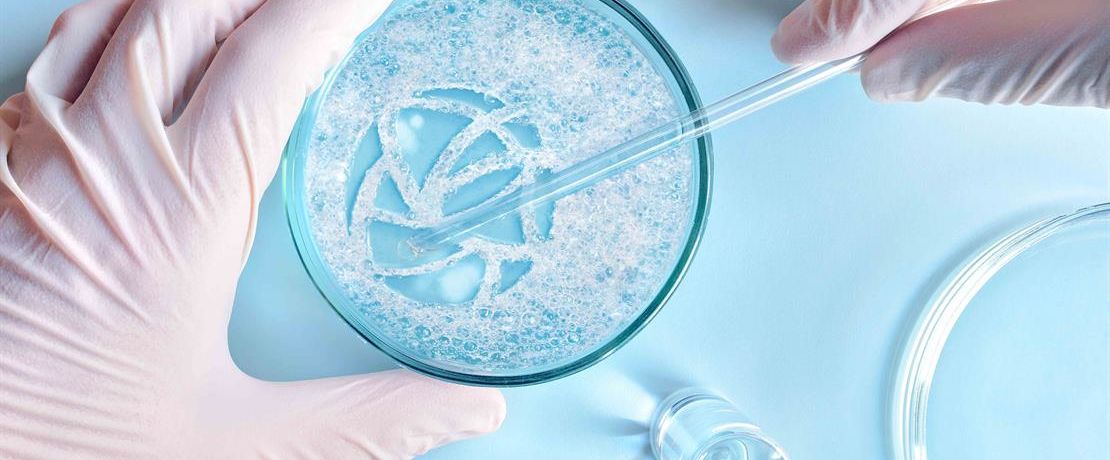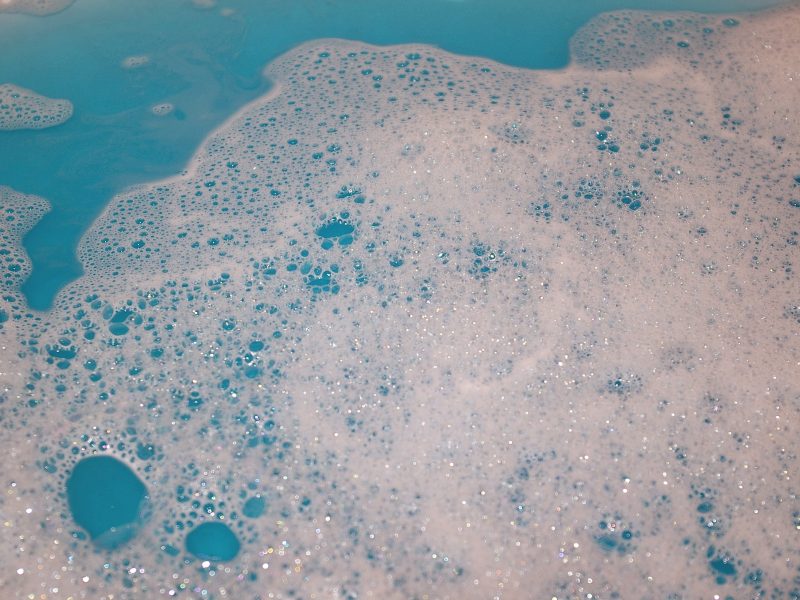Exactly How Defoamers Improve Efficiency in Manufacturing and Production

Recognizing Defoamers
Defoamers play a vital role in different manufacturing processes by properly combating the formation of foam, which can impact and interrupt procedures product high quality. Foam can emerge in various contexts, such as throughout blending, heating, or chain reactions, possibly leading to ineffectiveness and inconsistencies in products. The device by which defoamers run generally includes reducing the surface stress of the fluid, enabling bubbles to integrate and rise to the surface quicker, where they can after that burst.
Defoamers are created from a variety of chemical compounds, including organic materials, silicones, and surfactants, each tailored to specific applications and processes. The choice of defoamer depends on factors such as the sort of product being refined, temperature level, and the visibility of various other additives. Effective defoamers not only minimize foam development yet likewise preserve compatibility with the product, guaranteeing that there are no unfavorable effects on the last result. Recognizing the residential or commercial properties and functions of defoamers is essential for suppliers intending to enhance their processes, enhance performance, and keep the stability of their products.
Key Advantages of Defoamers
Using defoamers in producing processes supplies a variety of substantial advantages that improve operational efficiency and item high quality. Among the primary advantages is the reduction of foam development during manufacturing, which can obstruct machinery and interrupt workflows. By decreasing foam, defoamers guarantee smoother procedures, leading to lowered downtime and maintenance expenses.
In addition, defoamers improve product uniformity by avoiding air entrapment, which can jeopardize the honesty of the end product. This is particularly essential in sectors where visual appearance and appearance are vital, such as in paints, coatings, and foodstuff. Improved item top quality not only satisfies consumer assumptions but likewise reinforces brand name reputation.
Moreover, defoamers can assist in enhancing source use. By improving the effectiveness of raw product application, they contribute to cost savings and minimized waste, straightening with sustainability goals. Lastly, the application of defoamers can result in much shorter handling times, enabling manufacturers to enhance manufacturing ability without significant funding financial investment - defoamers.
Applications in Numerous Industries
In making procedures across different industries, the application of defoamers plays a crucial function in improving performance and product high quality. These chemical ingredients are used in sectors such as food and beverage, pharmaceuticals, and fabrics to alleviate foam-related difficulties.
In the food and beverage market, defoamers are vital during the fermentation process, stopping lathering that can interrupt production and spoil the item's honesty. In a similar way, in the pharmaceutical field, defoamers are made use of in the solution of fluid medicines, guaranteeing uniformity and security while decreasing waste.
Textile manufacturing also benefits view from defoamers, as they are made use of in coloring and finishing procedures to promote even circulation of dyes and chemicals. This application not just enhances the final item's appearance yet also lowers the quantity of water and energy taken in during manufacturing.
Furthermore, in the paper and pulp industry, defoamers aid keep process efficiency by decreasing foam that can impede equipment efficiency. Generally, the varied applications of defoamers across these industries highlight their importance in enhancing manufacturing procedures and delivering top notch products.

Picking the Right Defoamer
Picking an appropriate defoamer is important for making best use of performance and quality in manufacturing processes. The choice of defoamer depends on various elements, including the particular application, the kind of foam being produced, and the formula of the product being produced.

Firstly, consider the chemical compatibility of the defoamer with various other active ingredients in your solution. A defoamer that engages negatively with other components can detrimentally influence product quality. Additionally, the temperature level and pH array throughout processing are essential; some defoamers perform optimally under particular problems while ending up being inefficient in others.
Secondly, evaluate the defoamer's performance features, such as its capacity to promptly lower foam and its perseverance throughout production. It is important to select an item that not just gets rid of foam rapidly but likewise maintains its effectiveness over time.
Lastly, consider regulatory and environmental variables, specifically if your manufacturing process undergoes stringent compliance criteria. Choosing a low-toxicity or eco-friendly defoamer can assist meet sustainability objectives while making sure operational performance. By thoughtfully evaluating these standards, producers can make informed decisions that boost productivity and item integrity.
Finest Practices for Execution
Effective execution of defoamers in manufacturing processes requires careful planning and adherence to best practices. Selecting the best defoamer, as previously talked about, is important; guarantee it is suitable with the products home included and resolves the recognized foaming issues successfully.
Following, maintain clear interaction with all stakeholders, including drivers and quality assurance groups. Educating sessions can aid ensure that everyone comprehends the application treatments, potential effect on product quality, and security factors to consider. Implementing a trial stage can additionally be advantageous; monitor performance closely to evaluate efficiency and make required modifications.
Additionally, regular testing and monitoring of foam degrees can provide valuable insights into the defoamer's efficiency in time. Changing does in action to modifications in manufacturing variables will certainly aid preserve ideal efficiency - defoamers. Finally, documenting all processes and results promotes continual renovation, permitting fine-tuning of defoamer usage and boosting total performance in making procedures.
Verdict
In summary, defoamers play a vital role in boosting effectiveness within production and manufacturing procedures. By minimizing foam formation and helping with bubble coalescence, defoamers contribute to enhanced item high quality, uniformity, and functional effectiveness.
The advantages expand to item quality and cost savings, as defoamers help enhance procedures.Defoamers play an essential role in different producing procedures by successfully combating sites the development of foam, which can disrupt operations and impact product high quality. Understanding the properties and functions of defoamers is necessary for producers intending to maximize their processes, improve efficiency, and keep the honesty of their products.
Utilizing defoamers in producing processes supplies a range of significant advantages that boost functional performance and item quality.Additionally, defoamers improve product consistency by avoiding air entrapment, which can jeopardize the integrity of the final product.